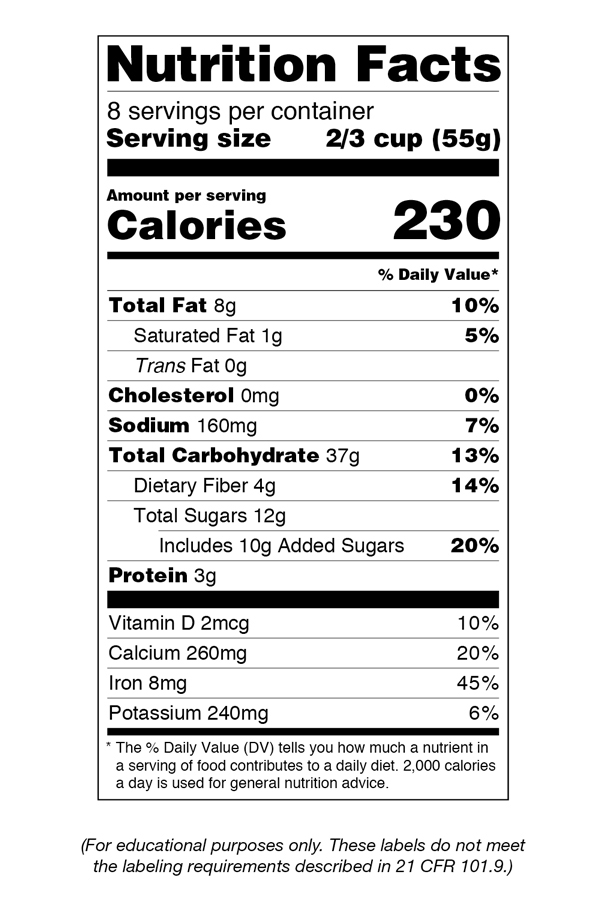Nutrition
The Nutrient Compass
The Nutrient Compass – Core Questions & Focus Areas
August 29, 2025 – Frank Bills, PhD, CPT
Note: The Nutrient Compass isn’t a medical protocol or peer-reviewed research tool. It’s a practical set of conversation tools I use with clients to anticipate where nutrition might need extra attention during training. Each nutrient flag (like B₁₂ for plant-based eaters, or leucine for older athletes) has a strong basis in nutritional research, but this system itself is a coaching heuristic, not a diagnostic or prescription.
Food labels can feel like a foreign language—numbers, percentages, and fine print that leave you wondering whether you’re fueling your body or just filling your cart.
The Nutrient Compass is here to make sense of it all. Think of it as your GPS for nutrition: it doesn’t tell you where to shop, but it helps you stay on course.
Start at the macros—protein, carbohydrates, and fats. On a label, these are listed in grams. With the Nutrient Compass, you can quickly gauge balance: are carbs dominating the plate, or is there a decent protein anchor? Seniors, for example, often benefit from prioritizing protein to support muscle health, so spotting at least 10–15 grams per serving is a good rule of thumb.


Next, check the quality markers. The Compass points you toward fiber, vitamins, and minerals—nutrients that do more than just fill calories. A food with 3+ grams of fiber per serving is like a green light; it means you’re getting both fuel and staying power.
Then, look at the limiters—saturated fat, added sugars, and sodium. These are the “caution zones” on the Compass. High numbers here don’t mean you can’t eat the food, but they should encourage you to steer carefully and balance them with other meals in your day.
Finally, tie it together with the % Daily Value (%DV). This figure is especially helpful for micronutrients like vitamins, minerals, and other essentials that often get overlooked. In general, 5% DV or less is “low,” while 20% or more is “high.”
One last step: connect your label reading to your training cycle using the Nutrient Compass table on this page. For example, during a strength-building phase, you might steer toward higher protein and iron-rich foods; during recovery weeks, more fiber and antioxidants may take the wheel.
When you use the Nutrient Compass, a label becomes more than data—it becomes a story about how this food fits into your journey toward energy, health, and longevity.
Core Questions Table
Guiding Question | Nutrient Focus Areas | Why This Matters |
Do you avoid animal products (vegetarian/vegan)? | Vitamin B₁₂, Iron, Zinc, Omega-3 (ALA/DHA), Iodine | These are harder to get or less bio-available in plant-based diets. |
Do you consume little or no dairy? | Calcium, Vitamin D, Riboflavin | Dairy is a common source; if avoided, other foods must fill the gap. |
Do you eat fish or seafood less than once per week? | Omega-3 (EPA/DHA), Iodine, Vitamin D, Selenium | These nutrients are most concentrated in marine foods. |
Are you over age 50? | Vitamin D, B₁₂, Protein (esp. Leucine), Collagen-supportive nutrients (Vitamin C, Glycine) | Older adults absorb/utilize some nutrients less efficiently and need higher protein quality for muscle retention. |
Do you train intensely (4+ days/week)? | Magnesium, Potassium, Antioxidants (Vitamin C, E, Polyphenols), Iron (esp. for endurance athletes) | Training increases nutrient turnover and electrolyte loss. |
Do you spend little time outdoors? | Vitamin D | Limited sun exposure reduces natural vitamin D production. |
Do you follow a low-carb or ketogenic diet? | Electrolytes (Sodium, Potassium, Magnesium), Fiber, Vitamin C | Restricting carbs can reduce fruit/veg intake and alter electrolyte balance. |
Do you follow a low-fat diet? | Fat-soluble vitamins (A, D, E, K), Omega-3, Essential fatty acids | Cutting fat reduces absorption and intake of these nutrients. |
Do you frequently feel fatigued or low-energy? | Iron, B-complex (esp. B₁₂, Folate), Magnesium | These nutrients support oxygen transport and cellular energy metabolism. |
Do you experience frequent injuries or slow recovery? | Vitamin C, Collagen precursors (Glycine, Proline), Zinc, Protein quality | These nutrients are central to connective tissue repair and immune resilience. |
Do you avoid fortified foods or supplements? | Vitamin D, B₁₂, Folate, Iodine | Many nutrients are added to staples like bread, salt, or cereals; avoiding them may create gaps. |
Do you rely heavily on processed foods/snacking? | Fiber, Magnesium, Potassium, Vitamin C | Processed diets tend to be calorie-rich but nutrient-poor. |
How to Use This Compass
The Nutrient Compass isn’t meant to overwhelm. Instead, it highlights likely nutrient priorities based on lifestyle and eating patterns. From there, we can:
Emphasize whole foods that naturally cover these areas.
Align them with training cycles (hypertrophy, cutting, recovery).
Keep costs low by choosing versatile, budget-friendly staples.

Read more Blogs
Looking for more? Head back to the main blog page and explore the full library of posts.
